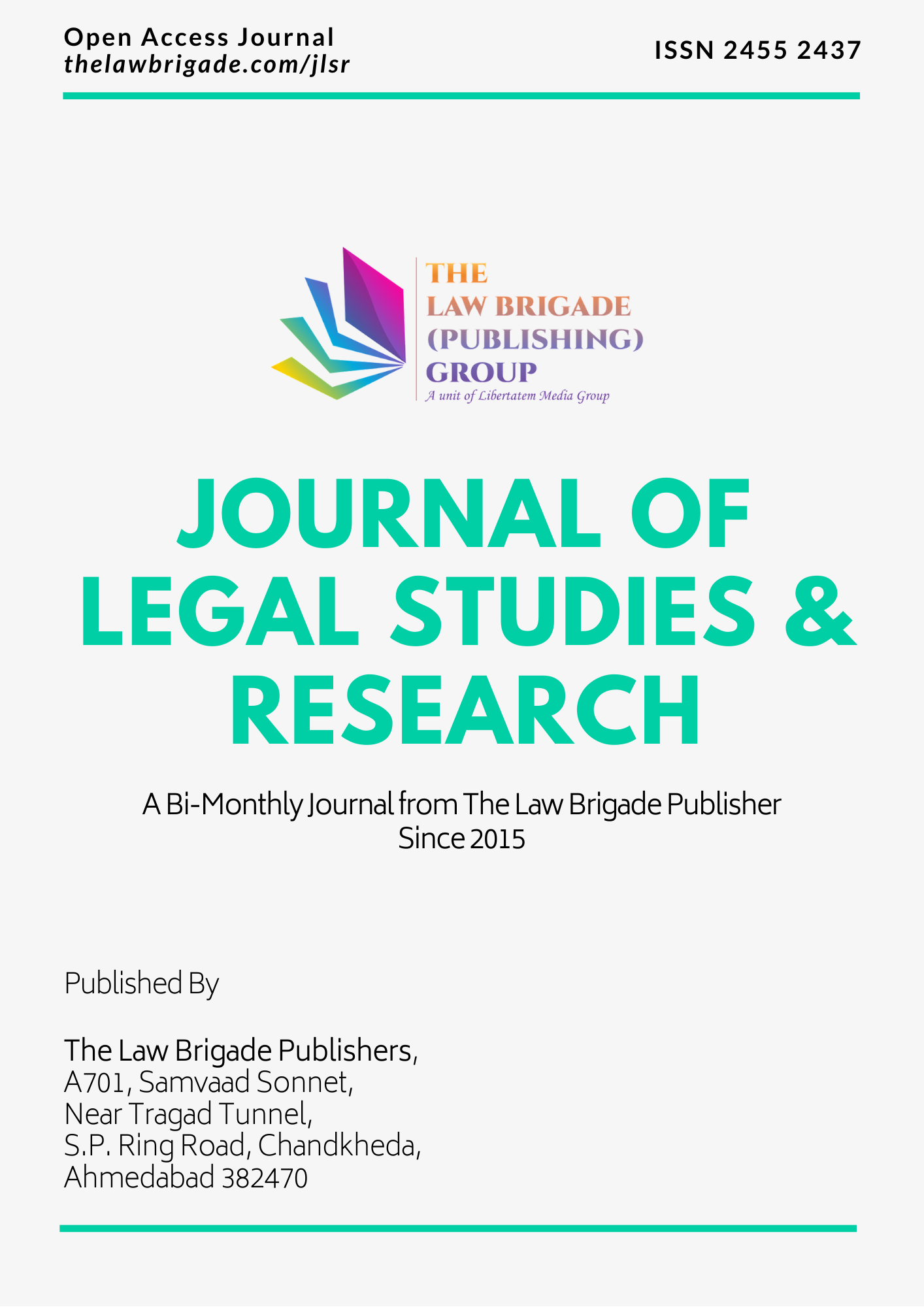The primary objective of copyright law is to furnish the public with intellectual and artistic creations. To secure the benefit of creative works for the public and incentivize future creation, copyright protection provides authors with limited monopoly rights over their creations.[i] The fair use doctrine[ii] plays a crucial role in the copyright mechanism as it enhances access to copyrighted works and constrains the scope of copyright protection. However, the fair use doctrine has been the subject of debate and controversy, it has been heavily criticized due to its vague and broad nature. I respectfully disagree and, in this discussion, I will examine the fair use doctrine and its consequences in light of the United States Constitution’s ‘IP clause’ (Section 1.8.8), the three-step tests provided in the Berne Convention[iii], and the TRIPS Agreement[iv].
[i] Lauren Gorab, A Fair Use to Remember: Restoring Application of the Fair Use Doctrine to Strengthen Copyright Law and Disarm Abusive Copyright Litigation, 87 Fordham L. Rev. 703 (2018), pg. 706.
[ii] In the United States, fair use often is said to have originated with Justice Joseph Story’s opinion in Folsom v. Marsh, 9 F. Cas. 342 (C.C.D. Mass. 1841), although intimations of fair use can be discerned in opinions before Story’s and in earlier English case law.
[iii] Berne Convention for the Protection of Literary and Artistic Works, September 9, 1886.
[iv] The Agreement on Trade-Related Aspects of Intellectual Property Rights, 1994.





